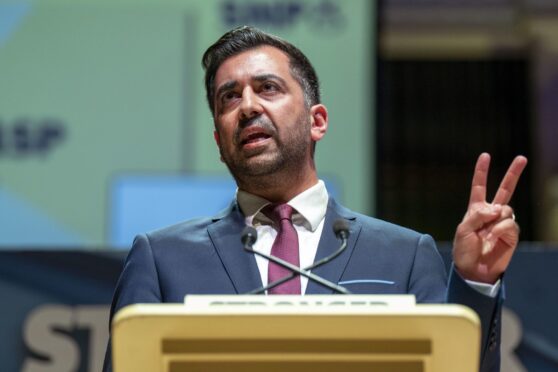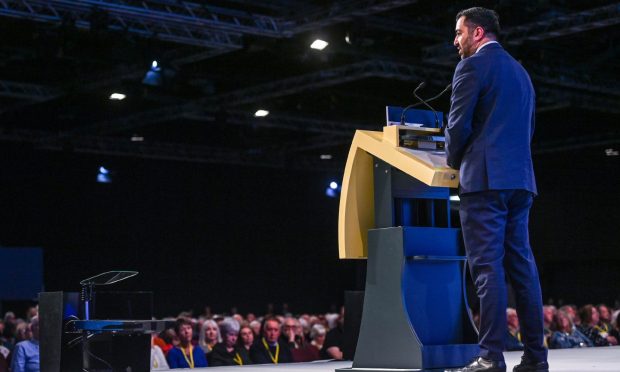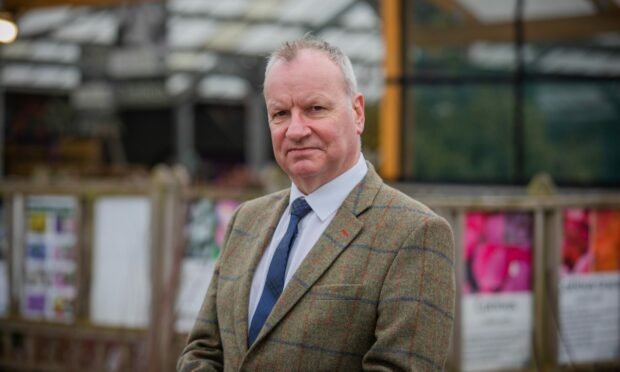Humza Yousaf’s blueprint for independence was given an overwhelming green light by the SNP faithful at the party’s Aberdeen conference.
The nationalists now have a definitive plan for how they plan to take forward their fight to break up the union at the next Westminster election.
Here’s everything you need to know about what happens next.
What did the SNP agree?
At the independence convention in Dundee earlier this year, Mr Yousaf outlined his new strategy for pursuing independence.
The first minister said the SNP winning a majority of Scottish seats at the next election would be taken as a mandate for exiting the union.
On day one of his party’s conference at the P&J Live, Mr Yousaf was given a major boost as SNP members strongly backed his approach.
The SNP leader claimed he had been forced down this path since the Tories have repeatedly refused to grant a referendum.
What happens next?
SNP candidates will now head into the next election with independence at the front and centre of their campaign.
If Mr Yousaf’s party win 29 of Scotland’s 57 seats, he will seek to begin negotiations with the UK Government.
At the last Westminster election the SNP picked up 48 of Scotland’s 59 seats, despite having less than 50% of the vote.
Yet recent polling has indicated the nationalists could lose dozens of seats at the next election due to Labour’s resurgence, which would leave Mr Yousaf’s plan in tatters.
SNP Westminster leader Stephen Flynn, an Aberdeen MP, predicted the SNP will win the next general election in Scotland.
He said there will be a “convincing package” of party pledges beyond independence, adding: “It will lead to us winning much more than a majority of seats.”
But even if the SNP succeeds in reaching its goal, Labour and Tory leaders have insisted they will not grant Scotland its independence.
Highland Tory MSP Donald Cameron said: “The SNP will always put their relentless pursuit of independence above everything else.”
What did the SNP rule out?
The alternative independence blueprint put forward to party members argued the SNP should seek the majority of Scottish votes – not seats – at the next election.
Often referred to as a “de facto” referendum, it was first devised by former First Minister Nicola Sturgeon.
She reckoned it was the best path forward after her efforts to hold a referendum without Westminster’s approval were blocked by the Supreme Court.
Perthshire SNP MP Pete Wishart was the main voice speaking in favour of the former first minister’s strategy in front of party members.
Yet he admitted after it was binned that his preferred approach had been “gubbed” when it came to a vote, and said the party now needs to unite ahead of the next election.




Conversation